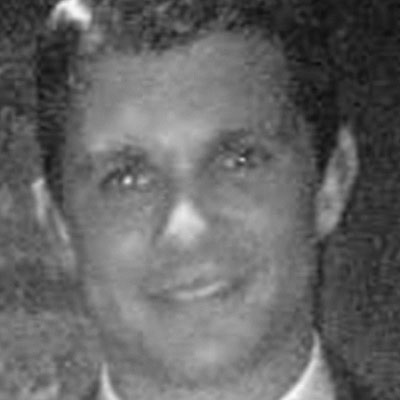If you live in the US, you’ve likely seen a drug ad on TV that gently encourages you to do something like “Ask your doctor if Quazerfluxin is right for you.” If you don’t live in the US, you’re probably wondering why prescription drugs would be advertised on television at all, but the fact of the matter is that in the US, the pharmaceuticals industry is shoulder to shoulder with food & beverage and retail advertising. And Marketing 101 says that if you’re going to sell something, it needs a good name, a brand that tells a story. That makes sense from a promotional standpoint, but how did they end up with all these odd medication names full of x’s and z’s?
The Days of Quackery
The first complications appeared over a century ago, back when nearly anything could be bottled, given a snazzy name, and hawked to the masses. Many have heard that Coca-Cola once contained cocaine and was originally sold as “a brain tonic,” but it was just one of many substances with dubious contents. The beverage 7-Up contained lithium, intended to lift you “up” mentally. There was a massive market for other powders, creams, and remedies promising unlikely or unsafe results. When people started going blind and dying from drinking these literal and figurative snake oils, the US government finally realized it needed to step in and do something.
Over the decades, a struggle ensued between the government, pharmacists, and corporations as they tried to hash out the best way to regulate drug names, finally resulting in the current system we have now.
Three Names in One
Every drug on the market actually has at least three official names. For example, a drug’s chemical name will be something like N-(4-hydroxyphenyl)ethanamide. This name is rarely seen by the public. That same chemical name, however, will also receive a “generic name” that most people are vaguely familiar with. For instance, the generic name for the example used above is acetaminophen. And finally, there is the brand name, which for acetaminophen is usually referred to as Tylenol. That means N-(4-hydroxyphenyl)ethanamide = acetaminophen = Tylenol, but through the magic of branding, most people simply know it as Tylenol.
Generic Naming Rules
A drug’s chemical name is typically just its chemical compound, but for its second name, the generic name, there are special rules set by a host of national and international governing bodies like the United States Adopted Names (USAN) Council and the World Health Organization (WHO), mostly in an effort to protect consumers.
Drugs are intended to be used internationally, and so the challenge at this stage is coming up with generic drug names that can be pronounced roughly the same way in various languages, are not likely to be confused with other drugs and misprescribed, and give a rough approximation of what the drug does.
Many generic medications have a suffix at the end of their name that gives a clue as to what the drug is intended to do. If a drug name ends in -caine (like Novocaine), it’s usually an anesthetic. If it ends in -olol (like propranolol), it’s a beta-blocker.
So the suffix is fairly easy to create, but there are special rules for the first part of the word. The word must have at least two syllables before the suffix so that it is not easily confused with a similar-sounding medication. The letters Y, H, K, J, and W are discouraged because those letters are uncommon in some languages. And finally, the generic name itself can’t imply an improved effect over other similar medications. For example, trying to push through a new medication called “Fastercaine” would likely be rejected, as it implies a quicker effect.
Brand Naming Rules
This is where the pharmaceutical companies employ teams of marketing professionals, brand name specialists, and even poets to find the perfect drug name. It is somewhat akin to naming a perfume, where groups brainstorm in the word laboratory, mixing and matching vowels and consonants until they can get something that can not only be used internationally but just sounds right, at least in the ears of their focus groups. There are rules and regulations here as well, and companies must toe the line of suggesting potential benefits, without overtly stating them. The name Viagra, for example, suggests vitality and vigor. The name Celebrex implies joy and a celebration of living a better life.
Start to Finish: From Uncle Benji’s Magical Cure-All to Vivanax
In the 20th century, the government recognized the issue of misleading and potentially dangerous medication names, but in typical government administration fashion, laboriously spent decades creating a confusing three-part system. The pharmaceutical companies and marketers left their mark by changing names to match what consumers wanted – a move from folksy tonics and medicated powders to high-tech, science-y names. And consumers were left with little to no understanding of the entire process or what they were ingesting, but a nagging urge to ask their doctor if Hoverflipper is right for them.


